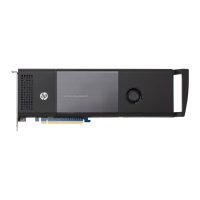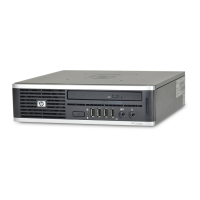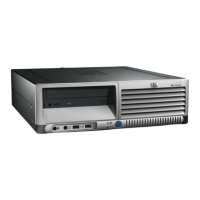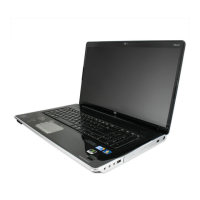Table 7-2 Beep pattern error identification
Number of long beeps/blinks Error category
1 Not used
2 BIOS
3 Hardware
4 Thermal
5 System board
Patterns of blink/beep codes are determined by using the following parameters:
● 1 second pause occurs after the last major blink.
● 2 second pause occurs after the last minor blink.
● Beep error code sequences occur for the first 5 iterations of the pattern and then stop.
● Blink error code sequences continue until the computer is unplugged or the power button is
pressed.
NOTE: Not all diagnostic lights and audible codes are available on all models.
The red LED blinks to represent the major error category (long blinks). The white LED blinks to represent
the minor error category (short blinks). For example, ‘3.5’ indicates 3 long red blinks and 5 short white
blinks to communicate the processor is not detected.
Table 7-3
Interpreting POST diagnostic front panel lights and audible codes
Category Major/minor code Description
BIOS 2.2 The main area (DXE) of BIOS has become corrupted and there is
no recovery binary image available.
2.3 The embedded controller policy requires the user to enter a key
sequence.
2.4 The embedded controller is checking or recovering the boot
block.
Hardware 3.2 The embedded controller has timed out waiting for BIOS to return
from memory initialization.
3.3 The embedded controller has timed out waiting for BIOS to return
from graphics initialization.
3.4 The system board displays a power failure (crowbar).*
3.5 The processor is not detected.*
3.6 The processor does not support an enabled feature.
3.7 The access panel/top cover has been opened since last boot.
Thermal 4.2 A processor over temperature condition has been detected.*
4.3 An ambient temperature over temperature condition has been
detected.
4.4 An MXM over temperature condition has been detected.
82 Chapter 7 POST error messages
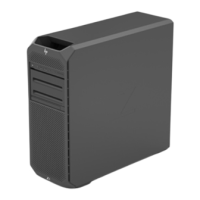
